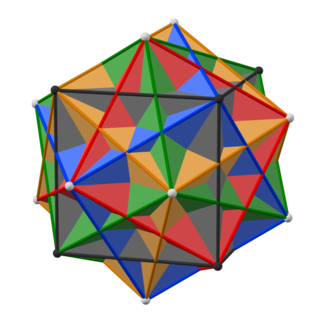10 (ten) is the even natural number following 9 and preceding 11. Ten is the base of the decimal numeral system, the most common system of denoting numbers in both spoken and written language.
111 is the natural number following 110 and preceding 112.
27 is the natural number following 26 and preceding 28.
72 (seventy-two) is the natural number following 71 and preceding 73. It is half a gross or 6 dozen.
34 (thirty-four) is the natural number following 33 and preceding 35.
58 (fifty-eight) is the natural number following 57 and preceding 59.
104 is the natural number following 103 and preceding 105.
1000 or one thousand is the natural number following 999 and preceding 1001. In most English-speaking countries, it can be written with or without a comma or sometimes a period separating the thousands digit: 1,000.
300 is the natural number following 299 and preceding 301.

360 is the natural number following 359 and preceding 361.
400 is the natural number following 399 and preceding 401.
144 is the natural number following 143 and preceding 145.
700 is the natural number following 699 and preceding 701.
2000 is a natural number following 1999 and preceding 2001.
4000 is the natural number following 3999 and preceding 4001. It is a decagonal number.
6000 is the natural number following 5999 and preceding 6001.

1,000,000,000 is the natural number following 999,999,999 and preceding 1,000,000,001. With a number, "billion" can be abbreviated as b, bil or bn.
168 is the natural number following 167 and preceding 169.
5 (five) is a number, numeral and digit. It is the natural number, and cardinal number, following 4 and preceding 6, and is a prime number. It has garnered attention throughout history in part because distal extremities in humans typically contain five digits.
744 is the natural number following 743 and preceding 745.









